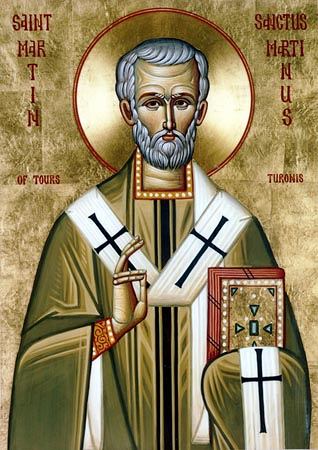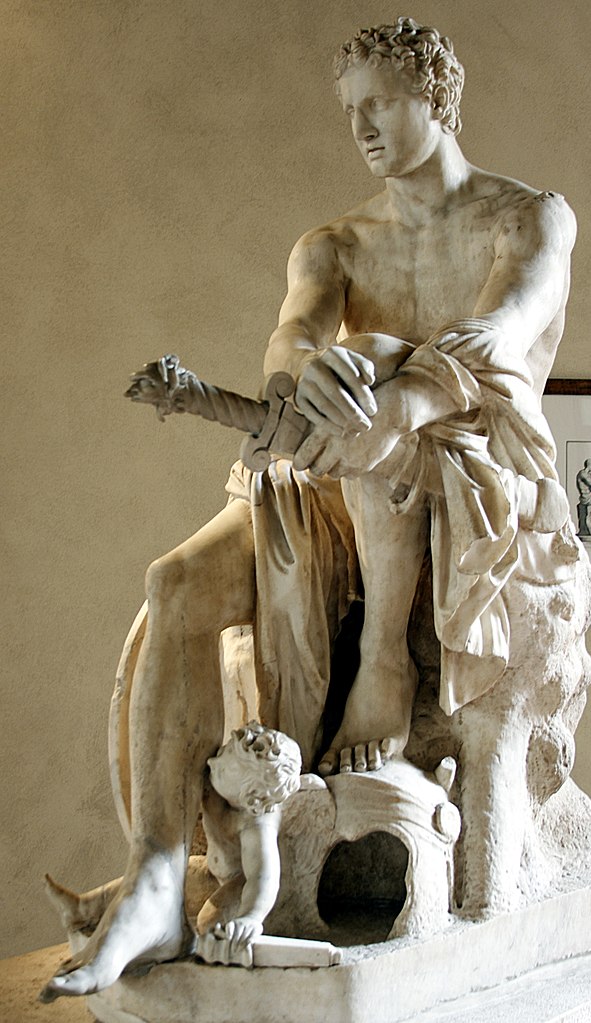Evening of St. Martin
Evening of St. Martin, or in Danish Mortensaften, has just been upon us. Maybe you spent it in company with your family eating roasted goose or duck, and many has probably heard of the story about Martin, whom we can thank for this nice tradition. But what can we tell about the name Martin, Danish Morten?

Martin lived as a monk in the city of Tours in 4th century France. His piety and good deeds made him very popular among the city’s people and they decided to elect him as bishop. That didn’t agree with the modest man so he went hiding in a goose pen, but as the geese cackled loudly he was found and had to reluctantly accept his fate. As revenge for the poor geese, Martin decided that every family once a year had to slaughter and eat at least one goose in memory of the incident. He died on November 8th year 397 and was buried on November 11th – the day we now celebrate as Saint Martin’s day. On the night prior, the evening of St. Martin, or Mortensaften in Danish, the descendants of the geese still to this day end their days as a feast on our dinner tables.

But what can we tell about the name Martin, Danish Morten and is it really appropriate as a name of a saint? The Latin form Martinus is derived from the name of the god Mars (genitive Martis) with the derivational suffix -īnus which is used to form family names. Mars is especially known as a god of war. The first month of the Roman calendar March is attributed to him, and at this time the celebrations in his honour peaked, and in many languages, the second day of the week are named after him, e.g. French mardi. In Danish, it got translated as tirsdag since the Nordic counterpart for the war god was Tyr. One of the most famous merits of Mars was that he seduced the king’s daughter and vestal virgin Rhea Silvia and thence became the father of the twins Romulus and Remus, the founders of Rome.
The origin of the name Mars, older Mavors, Mavort(ei), is today still debated, but the most plausible explanation connects it to the Old Indian maruts, a gang of young men who like a thunderstorm accompanied the god of war Rudra (from time to time Indra) during his wild huntings, which in Norse mythology is the counterpart in Odin’s frightening journey across the sky. The maruts represent members of a so-called Männerbund, a union of young men who in a period of their lives, isolated from society were devoted to uninhibited war expeditions, pillaging and all sorts of lawlessness. Put simply both the maruts and their namesake Mars have behaviours as far as possible from the peaceful and modest Martin of Tours.
Contact
Birgit Anette Olsen (Rasmussen) is head of the research centre Roots of Europe and professor at Indo-European studies, Department of Nordic Studies and Linguistics.
bao@hum.ku.dk / rootsofeurope@hum.ku.dk
Tlf. +45 35 32 86 37
